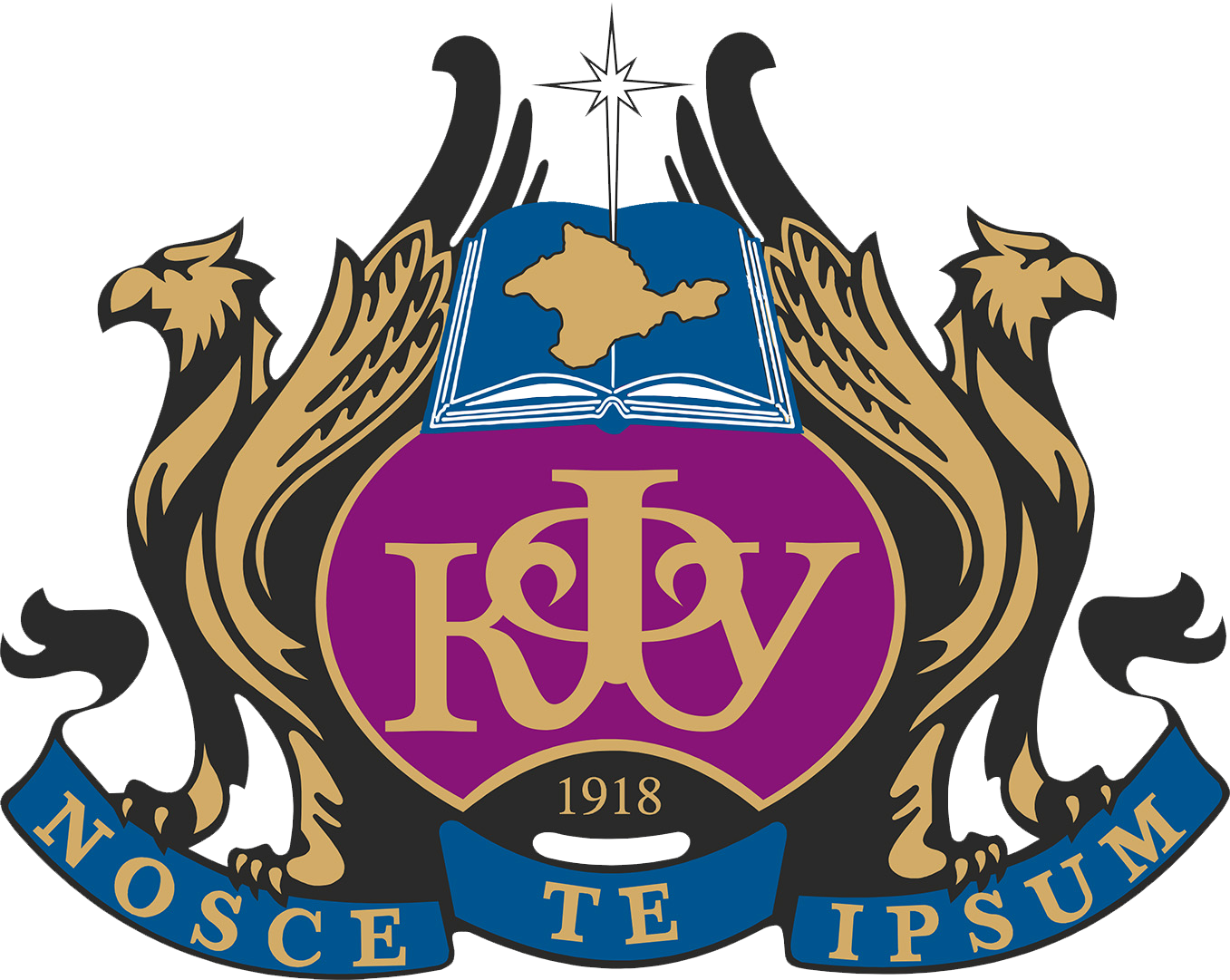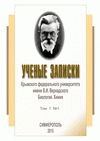Nauchno-tehnologicheskiy universitet «Sirius»
Skeletal muscles are highly dynamic tissues that respond to various stimuli, especially changes in mechanical load. Therefore, active use or disuse directly affects the skeletal muscle phenotype, influencing metabolism, protein expression, and morphological characteristics. In this regard, it is relevant to study the mechanism of the influence of motor activity on the state of skeletal muscles. The aim of this work was to assess the state of skeletal muscles in rats with impaired motor activity. The study was conducted on twenty-five adult nonlinear laboratory mature rats (weight 180–220 g) in compliance with bioethical standards. Animals were divided into groups with denervation («D», n = 5), tenotomy («T», n = 7) and their combinations with hindlimb unloading (HUD, n=5; HUT, n=8). The values of the parameters before surgery served as a control. To study the state of the peripheral part of the neuromuscular apparatus, the maximum amplitude of the motor (M) response of the gastrocnemius, soleus, and tibialis muscles of the hind limbs of a rat was assessed before surgery, on days 7 and 50. Denervation caused a significant decrease in the maximum amplitude of the M-response in all muscles on day 7 (to 7±3 % of the control), which was not restored by day 50. Tenotomy decreased the amplitude in the gastrocnemius and soleus muscles to 46±20 % and 43±15 %, respectively, but increased it in the tibialis muscle (108±10 % of the control). By day 50, the amplitude in the soleus muscle recovered to 68±10 %, and in the tibialis muscle to 120±4 %. In the HU with denervation group, a decrease in the M-response level was observed in the gastrocnemius, soleus, and tibialis muscles by day 7 (to 15±3 %, 18±7 %, and 24±8 %, respectively), with insignificant recovery by day 50. With HU with tenotomy, the amplitude in the gastrocnemius and soleus muscles decreased to 47±6 % and 38±5 %, while in the tibialis muscle it increased to 141±8 %. By day 50, the amplitude in the soleus muscle was restored to 59±10 %. In the tibialis muscle, there is a significant increase in amplitude by day 50 (153±20 %). The results showed that on the 7th day of HU combined with denervation, there was also a deterioration in the condition of the peripheral part of the neuromuscular apparatus in the rat. Tenotomy, transection of the Achilles tendon, as well as the use of denervation, transection of the sciatic nerve, are some of the common methods for studying the role of neuromuscular activity in regulating the functional properties of striated muscle fibers of various functional profiles. During tenotomy, muscle inactivity is observed against the background of loss of afferent (proprioceptive), but preserved efferent innervation, while during denervation, complete deafferentation is observed, which is also expressed in muscle tissue inactivity. A number of observations indicate that the elimination of support afferentation is the main mechanism leading to the «switching off» of the electrical activity of the motor units of the postural muscle under conditions of hindlimb unloading. In our study, changes in the parameters of the M-response of the soleus muscle demonstrated that with a combination of the elimination of support afferentation and proprioceptive afferentation, as well as complete deafferentation, the negative impact of hindlimb unloading is aggravated. Based on the above observations, it can be assumed that the change in muscle properties during hindlimb unloading is caused, among other things, by changes in the neuronal control of the activity of motor units.
hindlimb unloading, denervation, tenotomy, M-response, muscle atrophy.
1. Kalyani R. R. Age-related and disease-related muscle loss: the effect of diabetes, obesity, and other diseases / R. R. Kalyani, M. Corriere, L. Ferrucci // Lancet Diabetes Endocrinol.– 2014. – V. 2.
2. Atherton P. J. Control of skeletal muscle atrophy in response to disuse: clinical/preclinical contentions and fallacies of evidence / P. J. Atherton, P. L. Greenhaff, S. M. Phillips, S. C. Bodine, C. M. Adams, C. H. Lang
3. Oikawa S. Y. The impact of step reduction on muscle health in aging: protein and exercise as countermeasures / S. Y. Oikawa, T. M. Holloway, S. M. Phillips // Front Nutr. – 2019. – 6. – 75.
4. Pette D. Myosin isoforms, muscle fiber types, and transitions / D. Pette, R. S. Staron // Microsc. Res. Tech. – 2015. – V. 50. – P. 500–509.
5. Nunes E. A. Disuse-induced skeletal muscle atrophy in disease and nondisease states in humans: mechanisms, prevention, and recovery strategies / Nunes E. A., Stokes T., McKendry J., Currier B. S.,
6. Deane C. S. Skeletal muscle immobilisation-induced atrophy: mechanistic insights from human studies / C. S. Deane, M. Piasecki, P. J. Atherton // Clinical science (London, England : 1979). – 2024. – V. 138, № 12.
7. Criswell D. S. Overexpression of IGF-I in skeletal muscle of transgenic mice does not prevent unloading-induced atrophy / D. S. Criswell, F. W. Booth, F. DeMayo, R. J. Schwartz, S. E. Gordon, M. L. Fiorotto
8. Komori T. Animal models for osteoporosis / T. Komori // Eur. J. Pharmacol. – 2015. – V. 759. – P. 287–
9. Atherton P. J. Control of skeletal muscle atrophy in response to disuse: clinical/preclinical contentions and fallacies of evidence / P. J. Atherton, P. L. Greenhaff, S. M. Phillips, S. C. Bodine, C. M. Adams, C. H. Lang
10. Bass J. J. Atrophy Resistant vs. Atrophy Susceptible Skeletal Muscles: "aRaS" as a Novel Experimental Paradigm to Study the Mechanisms of Human Disuse Atrophy / J. J. Bass, E. J. O. Hardy, T. B. Inns,
11. Powers S. K. Oxidative stress and disuse muscle atrophy: cause or consequence? / S. K. Powers, A. J. Smuder, A. R. Judge // Current opinion in clinical nutrition and metabolic care. – 2012. – V. 15, № 3.
12. Morey-Holton E. R. Spaceflight and bone turnover: correlation with a new rat model of weightlessness / E. R. Morey // BioScience. – 1979. – V. 29. – P. 168–172.https://doi.org/10.2307/1307797
13. Il'in E. A. Stend dlya modelirovaniya fiziologicheskih effektov nevesomosti v laboratornyh eksperimentah s krysami / Il'in E. A., Novikov V. E. // Kosm. biol. i aviakosm. med. – 1980. – T. 14, № 3.
14. Baltina T. V. The state of the contralateral neuromotor apparatus of the rat in conditions of unilateral tenotomy / T. V. Baltina, A. A. Eremeev, I. N. Pleshchinskii // Neuroscience and Behavioral Physiology.
15. De Angelis C. Acetyl-L-carnitine prevents agedependent structural alterations in rat peripheral nerves and promotes regeneration following sciatic nerve injury in young and senescent rats / C. De Angelis,
16. Arutyunyan R. S. Vliyanie hronicheskoy tenotomii na posttetanicheskie otvety bystryh i medlennyh myshc krysy / R. S. Arutyunyan, E. P. Zhabko // Ros. fiziol. zhurn. – 2011.–T. 97, № 8. –S.78
17. Chu X. L. Basic mechanisms of peripheral nerve injury and treatment via electrical stimulation / X. L. Chu, X. Z. Song, Q. Li, Y. R. Li, F. He, X. S. Gu, D. Ming // Neural Regen Res. – 2022. – V. 17, № 10.
18. Jamall A. A. Skeletal muscle response to tenotomy / A. A. Jamall, P. Afshar, R. A. Abrams, R. L. Lieber // Muscle & Nerve. – 2000. – Vol. 23(6). – P. 851–862.
19. Juneja P. Anatomy, Bony Pelvis and Lower Limb: Tibialis Anterior Muscles / Juneja P., Hubbard J. B. – In StatPearls. StatPearls Publishing, 2023.
20. Grigor'ev A. I. Rol' opornoy afferentacii v organizacii tonicheskoy myshechnoy sistemy / A. I. Grigor'ev, I. B. Kozlovskaya, B. S. Shenkman // Rossiyskiy fiziologicheskiy zhurnal
21. Gorkovenko A. V. Muscle agonist-antagonist interactions in an experimental joint model / A. V. Gorkovenko, S. Sawczyn, N. V. Bulgakova, J. Jasczur-Nowicki, V. S. Mishchenko, A. I. Kostyukov 0. Epub





